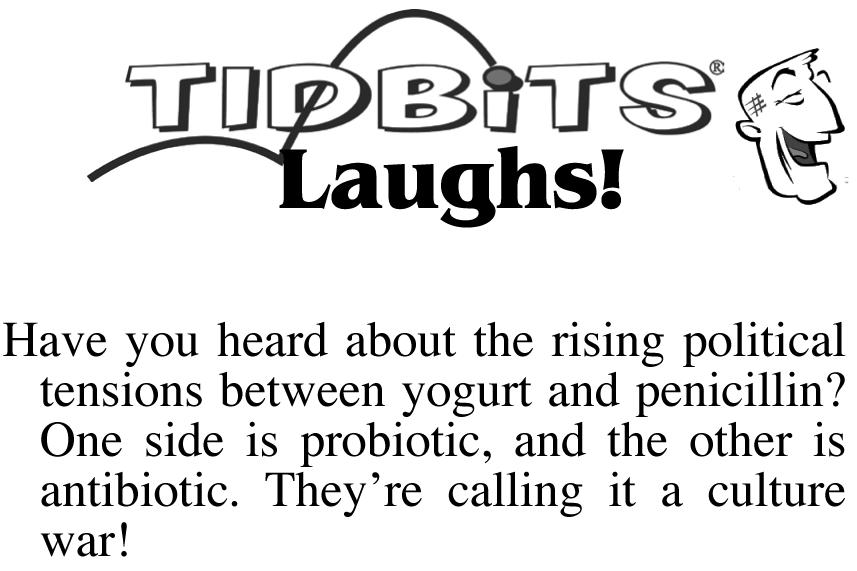











by Janet Spencer
Before penicillin, there was no effective treatment for infections. Hospitals were full of people dying from infections. Come along with Tidbits as we celebrate the discovery and development of penicillin!
• Alexander Fleming was a Scottish medical researcher working for St. Mary’s Hospital in London. His project was to grow as much Staphylococcal microbes as possible, so that experiments could be run on how to kill staphylococcus infections. Fleming was growing the infectious microbe using a seaweed extract called agar in petri dishes.
• In 1928, he left for a long weekend trip. When he returned to his lab, he found that one of the petri dishes had been knocked askew so the lid was partially open. This had allowed mold spores floating in the air to descend upon the agar, contaminating his staphylococcus culture. He was surprised to see that the invading mold had killed the staphylococcus culture wherever it grew. Examining it, he found it was a common strain of mold from the genus Penicillium
• Flemming isolated the mold, grew more of it, then experimented to see how many other species of bacteria it could kill. The answer was LOTS. (cont)


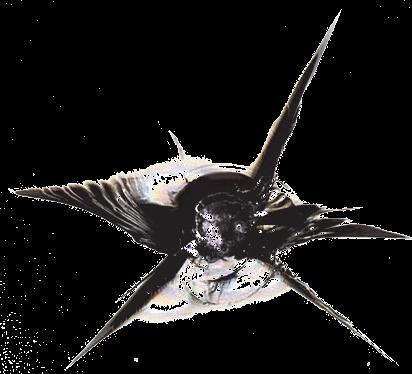
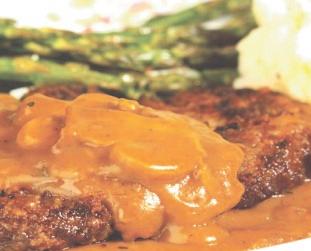





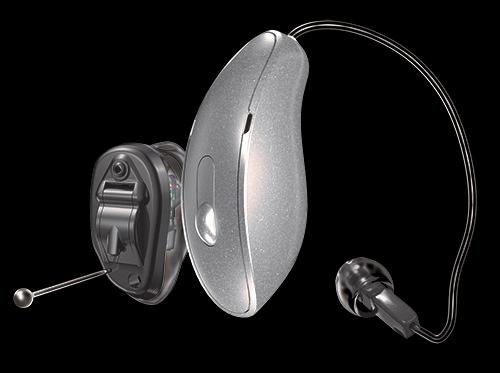


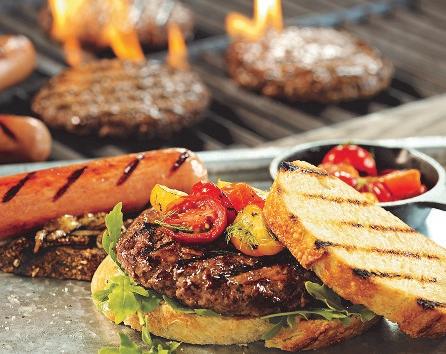










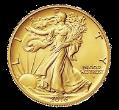



is Published & Distributed Weekly By: CindAl Publishing Company 812 55th St. Vienna, WV 26105 e-mail: alan@tidbitsmov.com
Advertising: 304.210.3812
We reserve the absolute right to accept, reject, discontinue or refuse any advertisement personal or commercial that we deem may not be conducive for our publication or Tidbits®. The publisher does not assume any responsibility for the claims of its advertisers. Tidbits® is committed to remain a family oriented publication. www.tidbitsmov.com
• Fleming wrote a paper about his accidental discovery in 1929 and distributed samples of the Penicillium mold widely to other researchers, hoping someone could take this discovery further. The problem was that extracting the anti-microbial substances from the mold was very difficult.
• A few years later, researcher Earnest Chain at Oxford, England, happened upon Fleming’s paper and began his own experiments with the penicillin mold. His boss, a biochemist named Howard Florey, helped him refine techniques to extract tiny amounts of penicillin from the mold. Their colleague, biochemist Norman Heatley, discovered better ways of purifying penicillin.
• On May 25, 1939, the team injected 8 mice with a virulent strain of Streptococcus. Four of the mice were then injected with a dose of penicillin while the other four were not. The following day, all four control mice were dead, while all four treated mice were alive. Chain declared this to be “a miracle,” which was true.
• An article in “The Lancet” published in August of 1940 described their process and the results.
• By 1941, they had enough penicillin to treat one person. It needed to be a person who would otherwise die, because they had no idea if large doses of penicillin would kill a human or not. A British policeman named Albert Alexander had a raging infection that was spreading quickly. He was delirious and close to death. The effects of the first dose of penicillin was miraculous; he was soon nearly back to normal. Unfortunately, the limited supply of penicillin ran out on the fourth day. Albert’s infection roared back to life, killing him. Still, the experiment proved the effectiveness of penicillin as an antidote to infection. (cont)

Toby Tidbits is hiding In this issue of TidbitsMOV

When you find him, to enter the weekly contest, please send us a message including your name, POSTAL MAIL address, the issue number you are referring to and which ad is hosting Tommy for the week! Visit www.tidbitsmov.com or send the answer with the above information to alan@tidbitsmov.com OR you may send us a private message to our Facebook page - @Tidbits MOV. PLEASE do not post the answer directly to the page - that ruins the fun for everyone. All winners will be drawn randomly from correct responses and will be posted weekly. As with all our contests, though you are welcome to play every week, you are only eligible for one winner per household per month.











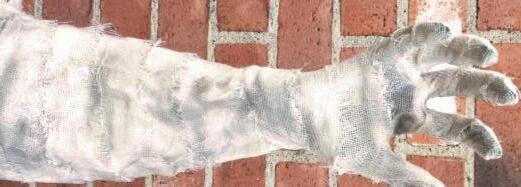







• With World War II raging, penicillin was needed more than ever. Britain was so preoccupied with the war that there were few facilities to conduct research. Instead, efforts were shifted to the U.S. where Peoria, Illinois, had one of the nation’s largest facilities to ferment molds
• Florey and Heatley went to Illinois in June of 1941 with samples of the penicillin mold. Fearing their cultures could be lost, stolen, or confiscated, they secretly covered their coats with mold spores so they could grow new mold if their samples disappeared. With the help of the U.S. Department of Agriculture, huge vats soon nourished the flourishing growth of the penicillin mold.
• There are many members of the Penicillin family, and researchers hoped to find a strain that would yield a greater amount of the bacteria-killing substance. They asked the government to have soil samples sent in from every place in the world where U.S. soldiers were stationed. All of these new penicillin strains were tested, but none proved worthy. Then a lab assistant brought in a cantaloupe she’d found at the local market right there in Peoria. It had a golden mold growing on it and she wondered if it would be helpful. After scraping off the mold, the people in the lab ate the melon, and then tested the mold. To their astonishment, it yielded 200 times more penicillin than other strains had. To this day, every bit of penicillin ever administered has sprung from that moldy cantaloupe.
• On March 14, 1942, the first American patient was successfully cured with penicillin, provided by the U.S. pharmaceutical company Merck. Half of the total available supply was used to cure Anne Miller of Connecticut of sepsis. By June of 1942, there was enough penicillin in the U.S. to treat ten patients. (cont)

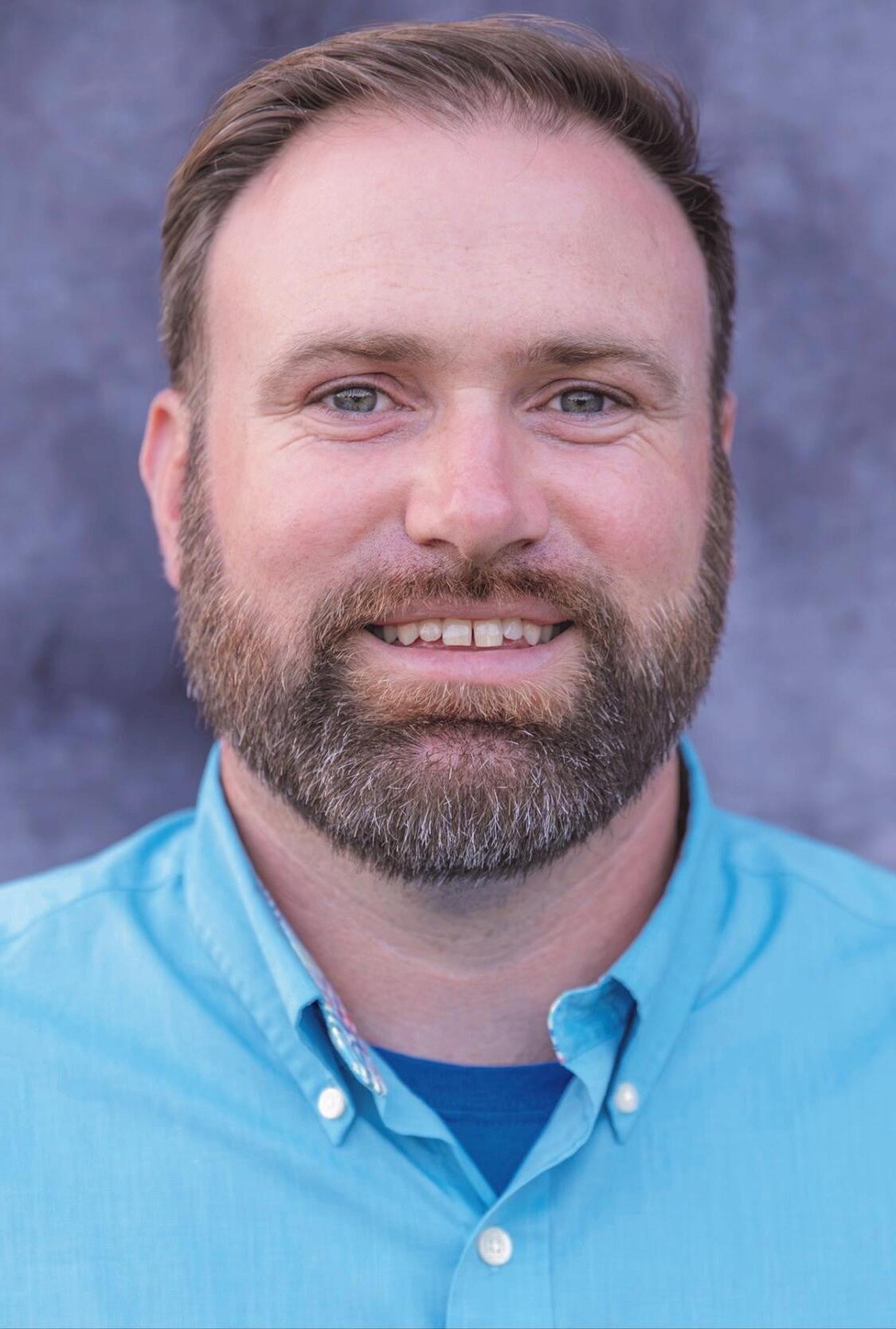




• After much experimentation, an injectable, mass-produced form of penicillin was soon ready. American pharmaceutical companies were churning out massive amounts of penicillin within a year.
• The speed at which penicillin became widely available was amazing. In 1941, the U.S. did not have enough to treat a single person. At the end of 1942, enough penicillin was available to treat almost 100 patients. By September of 1943, there was enough to distribute among the Allied Armed Forces worldwide, including 2.3 million doses delivered in time for the invasion of Normandy in the spring of 1944.
• Bacterial pneumonia killed 18% of fallen soldiers in World War I, but in World War II, it killed less than 1% of soldiers.
• Production of the drug in the U.S. jumped from 21 billion units in 1943, to 1,663 billion units in 1944, to over 6.8 trillion units in 1945. Manufacturing techniques improved, leaping from one-liter flasks with less than 1% yield to 10,000-gallon tanks at 80-90% yield between 1938 and 1945.
• By 1949, the price had dropped from $20 per 100,000 units in 1943 to less than ten cents.
• After the war, the American government removed all restrictions on its use, and as of March 15, 1945, penicillin was available to any American who needed it.
• Alexander Fleming received 189 honors during his lifetime for his accidental discovery and even has a crater on the Moon named after him. In 1945 he shared the Nobel Prize along with Ernst Chain and Howard Florey. In his acceptance speech, Fleming warned that over-use of this new antibiotic might have dangerous implications if microbes developed resistance. This prediction came true far more quickly than Fleming could ever have imagined.

As Halloween approaches and the ghosts begin to roam, why not conjure up a wickedly delicious twist on a classic treat? Let's take deviled eggs and dress them up for Halloween! Deviled Monster Eggs a delightfully deliciously dreadful addition to your festivities!
After a night filled with sugary treats, your guests will be thrilled to sink their teeth into these wickedly delicious eggs, perfectly dressed for the occasion. Ideal for little witches and wizards alike, these colorful creations are sure to be the highlight of your haunted gathering. To counterbalance the sugary indulgence and prevent the kiddies from transforming into real monsters with a sugar meltdown, serve these delightful deviled eggs, brimming with protein. This technique is easy. Start with hardboiled eggs, gently cracking the shells all over with the back of a spoon. Then immerse the cracked eggs in food coloring to create mesmerizing web-like patterns, transforming them into eerie edible delights.
As I did recipe tests with my family, we were spellbound with every egg we peeled. Each egg was like opening a present. The vibrant crisscross lines and colorful spider web designs emerged like magic, using only black coloring. It's like Halloween, Easter and a spooky Christmas all mashed up into one hauntingly good treat!
DEVILED MONSTER EGGS
Yield: 12 deviled eggs
Prep & Cook Time: 30 minutes
Dye Time: 4 - 24 hours
Special equipment: a gallon-size plastic zip-top baggie
One dozen eggs
1 teaspoon gel food coloring, black 1 1/2 cups water
1/2 cup white vinegar
Your favorite deviled egg recipe or try mine below
To boil eggs: Place eggs into a saucepan, cover with water and heat over medium-high heat, bringing to a full boil. Boil for 5 minutes and remove from heat. Cover the saucepan and let eggs sit in hot water for 12 minutes. Drain the eggs and place in ice water for about 10 minutes, remove from the ice water and place in the refrigerator until ready to color.
To color: Place gel food coloring, water and vinegar in the zip-top bag and smoosh it together. Be careful, as the gel coloring will stain. Use foil to protect surfaces and wear old clothing. I even used latex gloves to save my mani. Using the back of a spoon, lightly smack the eggshells to make cracks. Lots of cracks. Place the eggs in the baggie with the color and smoosh it around to cover the eggs. Place the bag into a glass casserole dish and pop it in the fridge for at least 4 hours, or better, overnight. The longer it sits, the more intense the color will be.
To make deviled eggs: When ready to prepare, peel the eggs. This is fun, so invite the kiddies. Slice eggs lengthwise; place yolks in a bowl and the fabulously colored egg whites on a platter cut side facing up.
12 hardboiled eggs
1/4 cup mayonnaise
1 tablespoon mustard
1 teaspoon vinegar
Salt and pepper
Mash egg yolks with a fork. Add mayonnaise, mustard, vinegar, and salt and pepper to taste to the yolks. Mix thoroughly. Place mixture in a piping bag or plastic bag and snip the end with scissors. Pipe into cavities of egg whites. Remember, this technique isn't just for Halloween save it for Easter to create pastel tie-dye eggs or use strong tea for a beautifully subtle brown design known as Chinese Tea Eggs. No matter the occasion, these Monster Deviled Eggs will leave your guests saying "oooh and aahh!" in delight.
***
Lifestyle expert Patti Diamond is the pennypinching, party-planning, recipe developer and content creator of the website Divas On A Dime Where Frugal, Meets Fabulous! Visit Patti at www.divasonadime.com and join the conversation on Facebook at DivasOnADimeDotCom. Email Patti at divapatti@divasonadime.com (c) 2024 King Features Synd., Inc.
These wickedly delicious Monster Deviled Eggs are the perfect treat this Halloween!
PHOTO CREDIT: www.JasonCoblentz.com
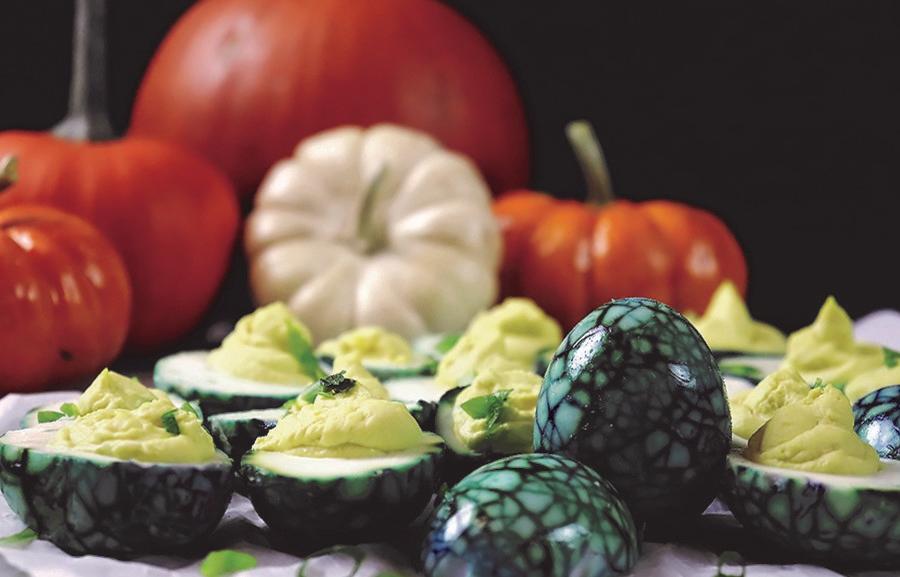




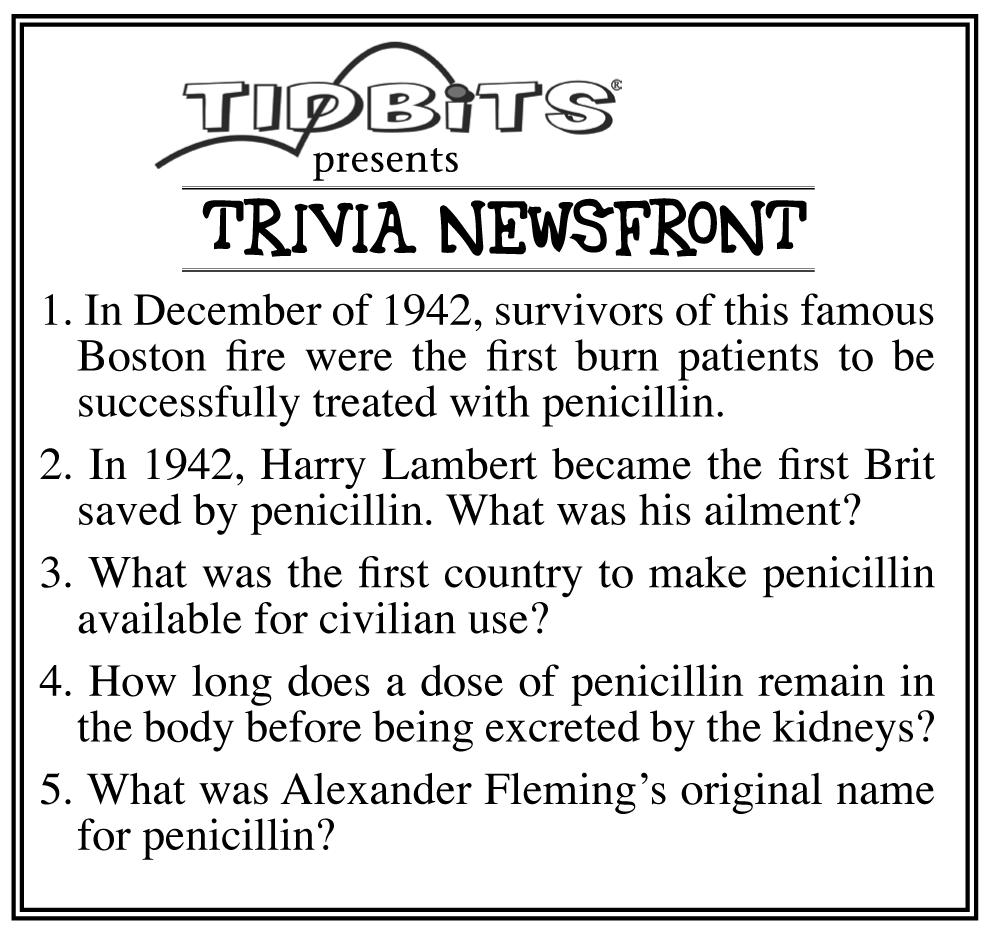

• The teeth last longer than any other feature on the face. Tooth enamel is not only the hardest substance in the human body but also the hardest biological substance known. Braces are the most common repairs made to the face.
• You swallow about nine times a minute when eating and once a minute when not eating.
• Cutting your hair or shaving does not make it grow back thicker or faster.
• Your DNA is basically an instruction manual for making more of you. If all DNA in your body was stretched out into a (very thin) strand, it would reach from Earth to Pluto.
• The wrinkles in the brain give it more surface area. Each person’s pattern of grooves and mounds is as unique as a fingerprint.
• Humans choke to death more easily than any other animal.
• Left-handed people are more likely to stutter.
• A newborn has about 8 ounces of blood, but a full-grown man has about five quarts.
• White blood cells responsible for fighting infections are far less common in the blood than red blood cells. There are 700 times more red blood cells than white blood cells in the bloodstream.
• Each molecule of insulin manufactured by the pancreas lasts 5 to 15 minutes before expiring. Insulin cannot be taken by mouth because it dissolves in the gastric acids of the stomach
• A typical adult of reasonable size is composed of 40% muscle (slightly less for a woman), and that muscle mass uses up about 40% of the body’s available energy.
• Bones lose mass at a steady rate of 1% per year, starting in middle age.
• When your stomach growls because you’re hungry, it is actually coming from your large intestine rather than your tummy.
(Continued page #7)






















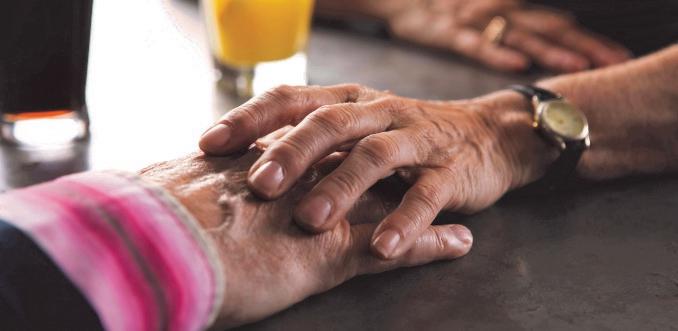








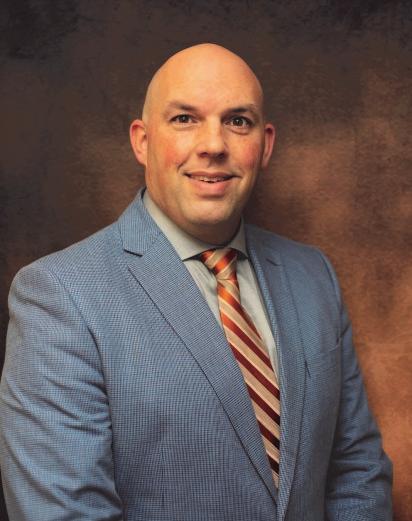
















DEAR PAW'S CORNER: I'm heartbroken seeing the destruction in North Carolina, Florida, Georgia and South Carolina after Hurricane Helene. There must be a lot of lost, hungry and suffering pets. Iwant to fill mytruck and trailer with pet food and drive it to where it's most needed, but I'm not sure where to go. Do you have any advice? Maggie in upstate New York
DEAR MAGGIE: It is heartwarming knowing that you and other pet owners want to do something positive for people and their pets in these areas that have been so hard hit. As I write this, organizations from across the country are getting in place, settingup in strategic locations so that theycan distribute aid, assist with rescues and help recover those lost to this storm. With manymajor highways cut, travel is nearlyimpossible in North Carolina, and verydifficult elsewhere
The best thing that you can do right now is to stay put. Instead of driving supplies to disaster areas, start a fundraising drive and donate cash to an organization that is actively helping pets and their owners. For example, the ASPCA is working with the Humane Society in Charlotte, North Carolina, to evacuate rescue and foster dogs from Asheville and surrounding areas. The Humane Society of the United States is doing likewise. Both organizations are helpingowners with pet food and medical care, and providingshelter to animals without families Donating to these major organizations, or selecting a local shelter or rescue group in these areas to support now and in the months to come, will help immensely.
Clarification: In a previous column on ticks, it was implied that ticks transmit heartworm. They do not; however, they can transmit tapeworms.
Send your tips, comments or questions to ask@pawscorner.com.
(c) 2024 King Features Synd., Inc.

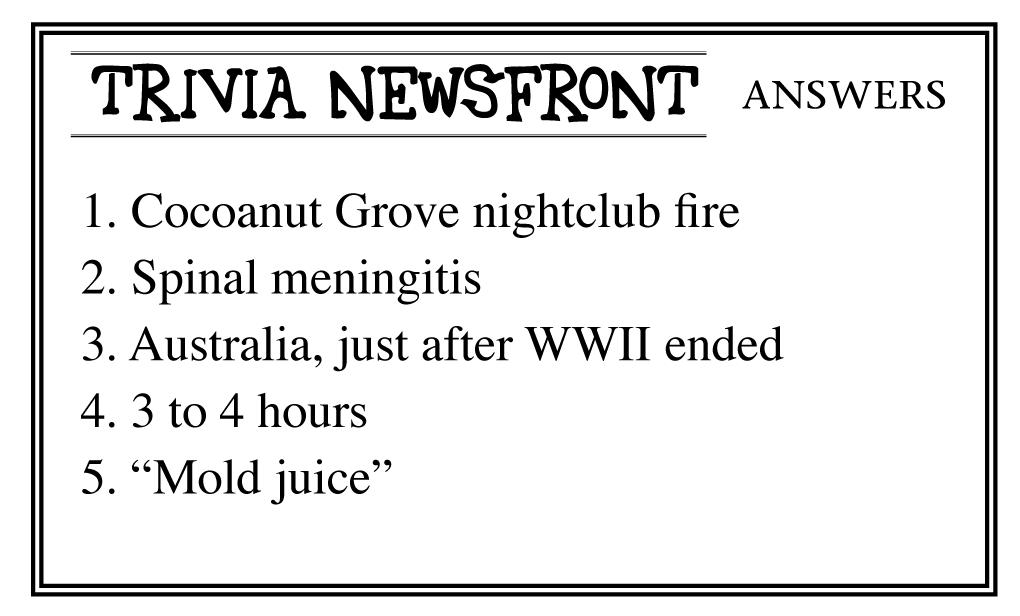




• The lungs can hold about 6 quarts of air, but we usually only inhale half a quart at a time. The world record for holding the breath is 24 minutes, 3 seconds, by a guy who breathed in pure oxygen prior to lying completely still at the bottom of a pool. Most people can hold their breath for a minute, max.






• One study involved hiring people to do nothing except stare at other people. College kids in libraries would get up and leave the building when stared at; pedestrians would hurry by; drivers would hit the gas.
• As humans evolved, the face lost its protruding muzzle and flattened. Why? Scientists theorize that muzzles are essential for many species because the projecting mouth allows the animal to gnaw, maul, trap, and kill. Humans didn’t need to do these things once they invented tools such as axes, knives, spears, and arrows.
• The mastery of fire also influenced the shape of the modern human face. Archeological digs show that first hearths appeared around 300,000 years ago, becoming common in human abodes around 40,000 years ago. When cooking softened foods, the need for prominent teeth diminished.
• Some experts theorize that the faces of humans and most other primates lost their hair because a hairless face is more communicative, conveying many emotional signals with the tiniest of twitches that would be unnoticeable under a thick layer of fur.
• The theory is that men have beards to keep their faces from freezing. However, Inuit men in the Arctic do not have beards. One researcher suggests that beards help keep the face cool, as they trap sweat dripping down from the face and keep the chin and cheeks cool. This would provide an advantage to men who are out hunting on the hot plains.







* Sometimes dry erase markers and permanent markers look the same in a hurry. Ever grabbed a marker to write a note on a dry erase white board and found that it wouldn't wipe off? To remove permanent marker from a white board, try using a pencil eraser. Rub lightly on the marker areas only, working from the outside in. It should come off.
* Rusty bicycle handles can be unsightly and a pain. Make a paste of salt and lemon juice (three parts salt, one part lemon juice), and use it to rub the rust away with a dry cloth.
* What will you do with all that candy from trick-or-treating? Make your holiday cookie plans now, and you can freeze some for later baking use.
* "If you have magazines or books that you are finished reading, perhaps you'd consider donating them to local seniors centers. You can look in the yellow pages
to see if there are any near you. Often, the seniors are grateful to have new reading material." T.C. in Florida
* Many more of us are using the reusable fabric shopping bags nowadays. A few cities have banned the use of plastic bags for retail shops. These bags are much better for the environment, and can hold a lot more groceries per bag. One thing many people forget to do is wash them. You can take out the plastic insert (if there is one) and toss them in the washing machine. Hang to dry and you're carrying around a much cleaner bag!
* To sharpen scissors, fold over several layers of aluminum foil and cut into strips. Send your tips to Now Here's a
628
32803.




